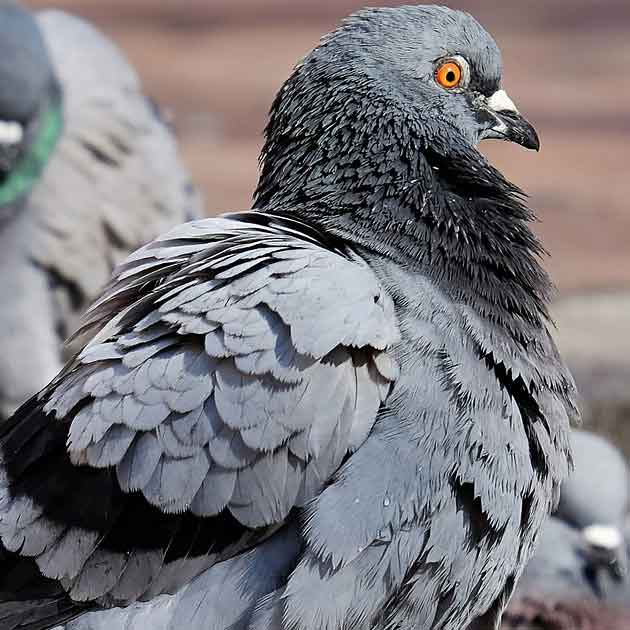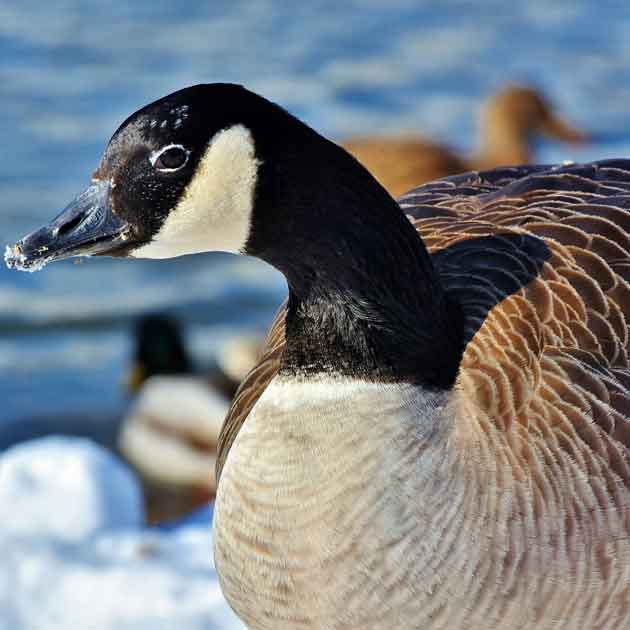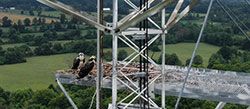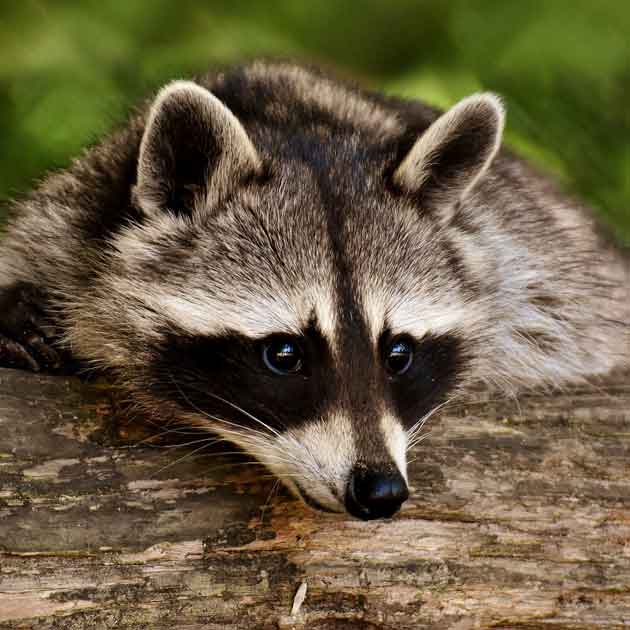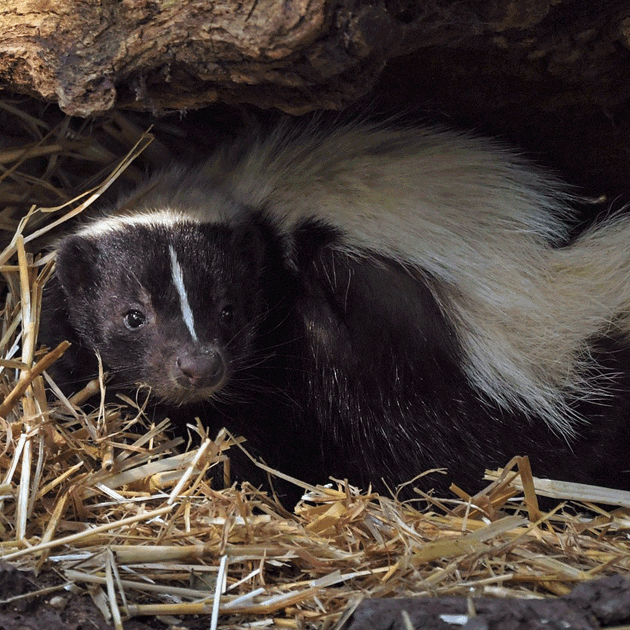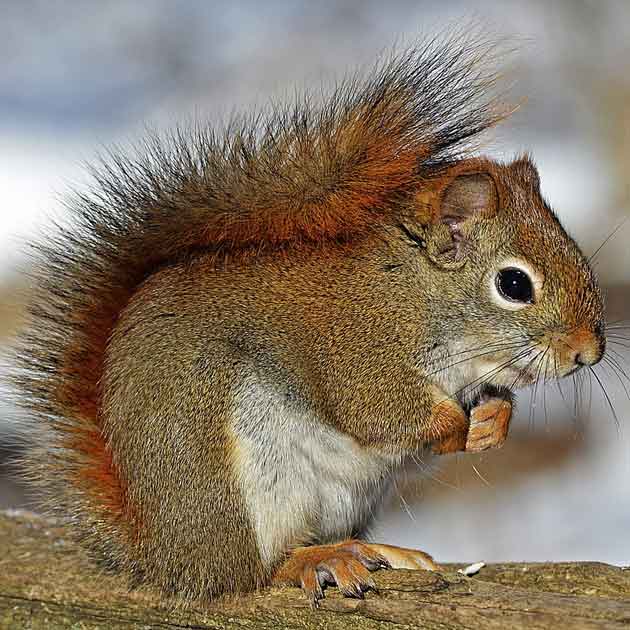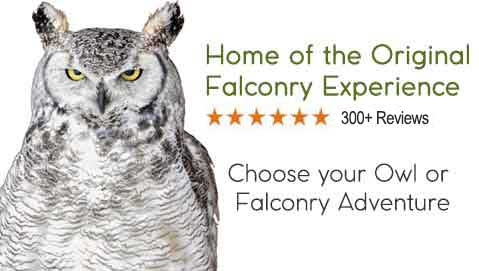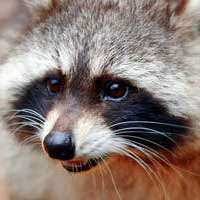How do I keep raccoons, skunks, and squirrels out of my Garden?
To avoid unwanted animal tenants, we have put together some tips to keep raccoons, skunks, possums, and other wildlife out of your garden:
1. Find their Food
Food sources include; bird seed, fruit trees, garbage, dog or pet food and open or insecure compost piles. It may not be obvious that these are sources of food for wildlife, but they are and getting rid of them, or limiting access to them, is key for keeping critters away.
2. Secure your Trash Bins
Many species of our local wildlife are not only opportunistic, but down right creative, talented, and determined. Your trash is their treasure. Consider purchasing 'raccoon poof' trash bins, or securing the lids by any means necessary. If possible, store your bins inside, rather than by the side of the house.
3. Check your Deck
Underneath a deck is a great place for all kinds of critters to make into a home. It is easy for raccoons, mice, rats, skunks, squirrels or even a coyote to dig under your deck and make a nest. You will need to add wire mesh/cloth around the perimeter of your deck, along the edges and sides, making sure it is placed deep enough into the ground so animals can’t dig underneath.
4. Secure your Shed
Sheds are another great place for wildlife to build their homes or to just break into searching for food. Over the cooler months, you might not visit your shed often, and will be less likely to see that an animal has moved in, or caused damage, until it’s too late! Roofs, doors, walls and floors are all access points. Make sure to secure around the base of your shed too, as animals are likely to dig underneath your shed as well.
5. Reinforce your Roof
You may want to hire a professional for this to make sure it done correctly, and done in a safe manner. On average, each month 100 people in Canada are hospitalized from falling from a ladder, many from doing their own repairs.
6. Trim Your Trees
Trees that overhang onto roofs and other structures provide easy access for animals to get onto, and into, your roof or attic. Trim back branches 9 feet from your roof as squirrels will jump great distances to get onto your roof. For larger branches and trees, consider hiring a certified arborist to make sure if it done right, without harming the tree.
7. Fix Your Fence
Gaps around the base of your fence make it very easy for animals to visit your yard. Check for any spaces or holes and repair them. If animals are digging underneath your fence, you will have to look at installing wire mesh/cloth into the ground, deep enough so they cannot dig underneath it.
8. Protect Your Pond
Raccoons are notorious for bathing in decorative ponds and eating any koi, goldfish or frogs in your pond. You can make the pond deep enough so the fish have a deep place to hide from the masked predators or invest in a protective metal cover than is secure so raccoons can move it, and does not allow the raccoons to reach through it. Remember to check with local bylaws on safety requirements for ponds.
When a wild animal gets into your attic, their presence, no matter how short of a stay, can pose a serious threat to your health and safety. Squirrels like to chew, in fact, they have to chew as their teeth continually grow. If they are in your attic, they may have chewed wires or wood, leaving your susceptible to electrical fires, leaks and mould. Raccoons can also create openings for moisture to can get into, and if they defecate, this is a health hazard as they carry Raccoon Roundworm, as well as giardia, leptospirosis and salmonella. Simply installing a one-way door in to get rid of an animal in your home or attic, does not mean the end of the problem.
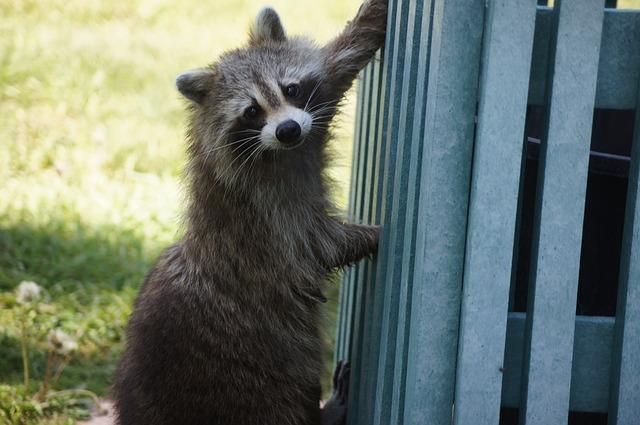
The most serious threat? Raccoon rabies. Raccoon rabies have been confirmed in the Niagara Region, and the problem will continue to grow. Trapping a removing raccoons or other wildlife is ILLEGAL and can help spread the disease to new areas. Do not trap and relocate any wild animal without the proper permit, or with the help of a licensed wildlife control company. Need more information? Contact us at [email protected] or 416.429.5393.


